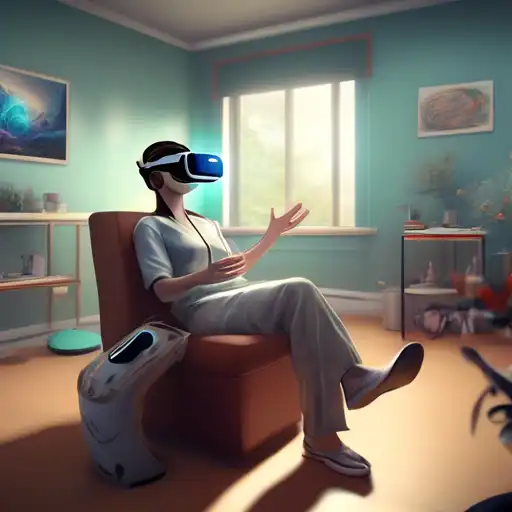The Transformative Role of Virtual Reality in Therapeutic Practices
Virtual Reality (VR) technology has transcended its initial entertainment-centric applications to become a groundbreaking tool in the field of therapy. By creating immersive, controlled environments, VR offers unique opportunities for treating a variety of psychological and physical conditions. This article explores the innovative ways VR is being utilized in therapeutic settings, highlighting its benefits and potential for future applications.
Understanding VR Therapy
VR therapy involves the use of virtual reality technology to simulate environments for therapeutic purposes. It allows patients to confront and work through their issues in a safe, controlled setting. This method has been particularly effective in treating phobias, PTSD, anxiety disorders, and even physical rehabilitation.
Key Applications of VR in Therapy
- Exposure Therapy: VR enables patients to face their fears in a virtual environment, gradually reducing their anxiety levels.
- Pain Management: Through distraction and immersion, VR has been shown to reduce perceived pain levels in patients undergoing painful procedures.
- Physical Rehabilitation: VR games and exercises can motivate patients to engage in physical therapy, improving outcomes.
- Social Skills Training: Individuals with autism or social anxiety can practice interactions in virtual scenarios, building confidence.
Benefits of VR Therapy
VR therapy offers several advantages over traditional methods, including accessibility, cost-effectiveness, and the ability to tailor environments to individual needs. It also provides a safe space for patients to explore difficult emotions and experiences without real-world consequences.
Challenges and Considerations
Despite its potential, VR therapy faces challenges such as high initial costs, the need for specialized equipment, and limited research on long-term effects. However, as technology advances and becomes more affordable, these barriers are likely to diminish.
Future Directions
The future of VR in therapy looks promising, with ongoing research exploring its use in treating a wider range of conditions. Innovations in AI and machine learning could further personalize therapy sessions, making them more effective.
For more insights into the latest technological advancements in therapy, explore our technology in healthcare section.
Virtual reality is revolutionizing the way therapy is delivered, offering new hope and possibilities for patients worldwide. As we continue to uncover its potential, VR stands to become an integral part of therapeutic practices, transforming lives in the process.
